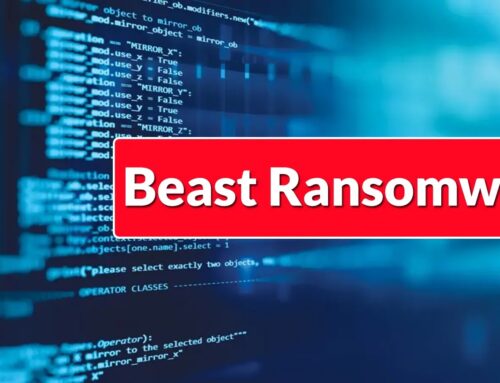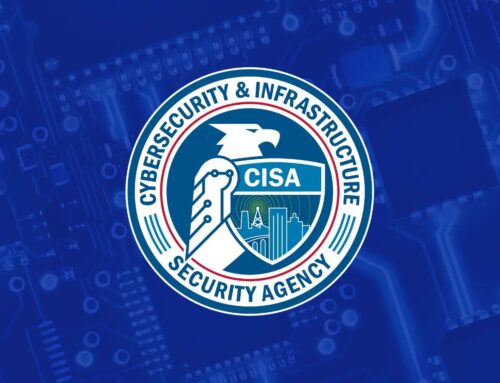
New FlipSwitch Hooking Technique Bypasses Linux Kernel Defenses
Unmasking FlipSwitch: A New Era of Linux Kernel Rootkits
The stability and security of Linux systems, long considered a bastion against cyber threats, are facing a sophisticated new challenge. A novel rootkit variation, ominously dubbed FlipSwitch, has emerged, demonstrating an alarming ability to bypass traditional Linux kernel defenses. First detected in late September 2025, this advanced threat exploits recent modifications in syscall dispatching mechanisms, allowing attackers to implant stealthy hooks directly into the heart of the kernel. This development carries significant implications for critical infrastructure and cloud environments, where Linux forms the foundational backbone.
Understanding the FlipSwitch Hooking Technique
FlipSwitch distinguishes itself by leveraging a nuanced understanding of contemporary Linux kernel architecture. Older rootkits often relied on well-known techniques like System Call Table (SCT) hooking or Interrupt Descriptor Table (IDT) manipulation. However, modern Linux kernels have implemented various protections, such as CONFIG_STRICT_KERNEL_RWX and KPTI (Kernel Page Table Isolation), to mitigate these older attack vectors.
The core innovation of FlipSwitch lies in its exploitation of recent, subtle changes in how syscalls (system calls) are dispatched within the kernel. Instead of directly modifying protected tables, FlipSwitch appears to target the indirect call mechanisms, potentially by altering function pointers or redirecting execution flow at a granular level within the kernel’s legitimate code paths. This allows it to achieve its malicious objectives – typically process hiding, file stealth, or network traffic interception – without triggering conventional integrity checks or memory protection mechanisms that guard against direct kernel memory alterations.
This method enables FlipSwitch to operate with an unparalleled level of stealth, making detection incredibly difficult for traditional endpoint detection and response (EDR) solutions and host-based intrusion detection systems (HIDS) that are not specifically tuned for this new technique. The persistence of such a rootkit can lead to long-term compromise, providing attackers with unobserved access and control over vital systems.
Impact on Critical Infrastructure and Cloud Environments
The implications of FlipSwitch are particularly dire for critical infrastructure and cloud environments. Linux is the operating system of choice for a vast majority of servers, networking devices, and cloud instances globally. A rootkit capable of operating undetected in the kernel space of these systems poses several severe risks:
- Data Exfiltration: Attackers can bypass access controls and exfiltrate sensitive data without leaving a trace in user-space logs.
- Command and Control (C2): Maintaining persistent, stealthy C2 channels allows for prolonged exploitation and the launch of further attacks.
- Resource Manipulation: In cloud environments, adversaries could manipulate virtual machines, container orchestration, and resource allocation for their own benefit, including cryptojacking or launching DDoS attacks.
- Integrity Compromise: Fundamental system integrity can be undermined, leading to unreliable operations, data corruption, or even system-wide shutdowns.
Considering the pervasive nature of Linux in these sectors, the emergence of FlipSwitch represents a significant escalation in the cyber threat landscape.
Remediation Actions and Proactive Defenses
Addressing the threat posed by FlipSwitch requires a multi-layered and proactive security strategy. While specific CVEs linked directly to FlipSwitch are yet to be widely published, the general principles of defense against advanced kernel-level threats remain pertinent.
- Kernel Hardening: Continuously apply security patches and updates from Linux distribution vendors. These often contain fixes for subtle vulnerabilities that could be exploited. Ensure kernel modules are signed and integrity-checked.
- Advanced Integrity Monitoring: Implement advanced kernel integrity monitoring solutions that go beyond simple file hashes. These tools should be capable of detecting unusual memory access patterns or unexpected changes in kernel code segments.
- Least Privilege: Enforce the principle of least privilege for all users and processes, including services that interact with the kernel.
- Network Segmentation and Micro-segmentation: Limit the blast radius of a potential compromise by segmenting networks, especially within cloud environments and critical infrastructure.
- Behavioral Analysis: Deploy host-based security tools that focus on behavioral analysis rather than signature-based detection. Unusual syscall patterns or inter-process communication could indicate a rootkit’s presence.
- Regular Audits and Forensics: Conduct regular security audits and maintain a robust forensic readiness plan. In the event of a suspected compromise, specialized tools are needed to analyze kernel memory and system state effectively.
Recommended Tools for Detection and Mitigation
While no single tool guarantees full protection against an advanced rootkit like FlipSwitch, a combination of the following can significantly enhance defensive posture:
| Tool Name | Purpose | Link |
|---|---|---|
| LYNIS | Comprehensive Linux security auditing and hardening | https://cisofy.com/lynis/ |
| chkrootkit | Detects known rootkits and local exploits | http://www.chkrootkit.org/ |
| Rootkit Hunter (rkhunter) | Scans for rootkits, backdoors, and other local exploits | http://rkhunter.sourceforge.net/ |
| Falco | Runtime security for containers, detecting anomalous behavior | https://falco.org/ |
| eBPF-based tools (e.g., bpftrace, Cilium) | Advanced kernel-level observability for detecting suspicious syscalls and network behavior | https://ebpf.io/ |
Conclusion
The emergence of the FlipSwitch hooking technique underscores the continuous cat-and-mouse game in cybersecurity. As kernel developers fortify Linux defenses, adversaries are simultaneously innovating new methods to circumvent them. Organizations managing critical Linux-based systems must remain vigilant, adopting advanced detection strategies and rigorous patch management. The battle against kernel-level threats like FlipSwitch demands a proactive, defense-in-depth approach, prioritizing continuous monitoring, behavioral analysis, and the rapid application of hardening measures to safeguard our digital infrastructure.





